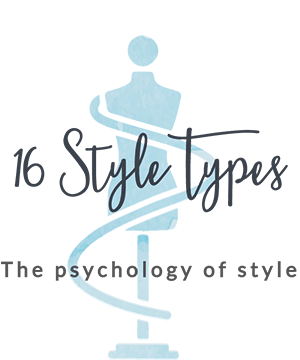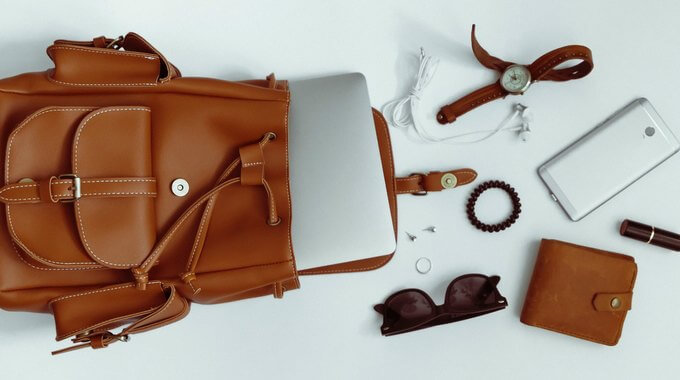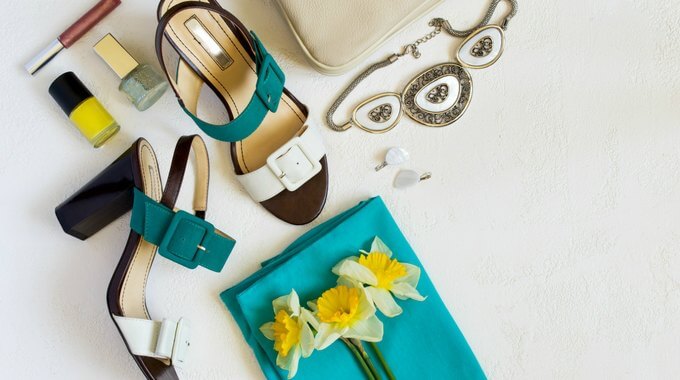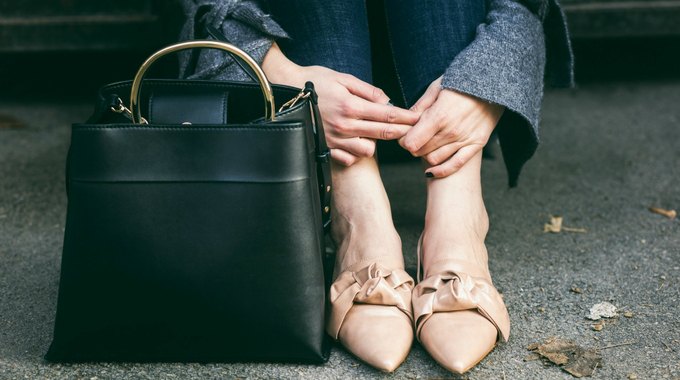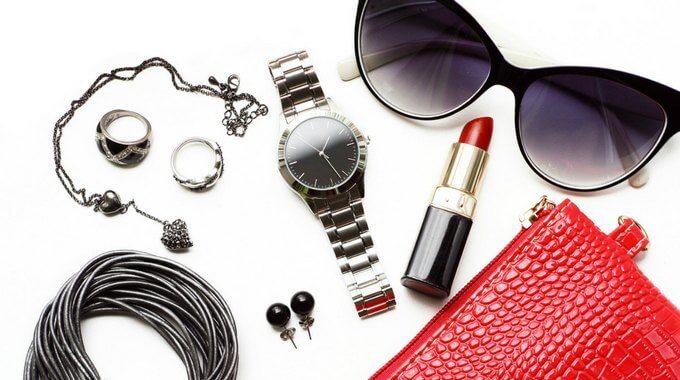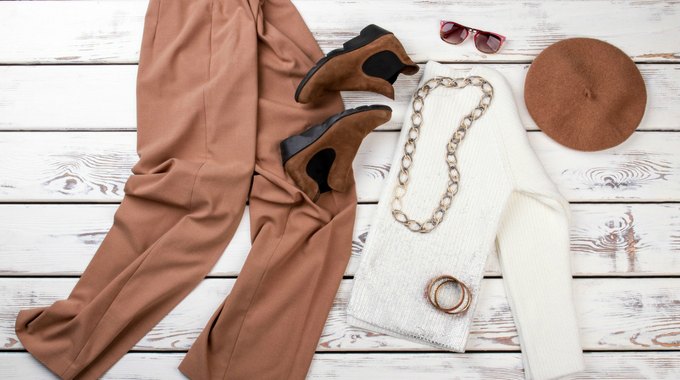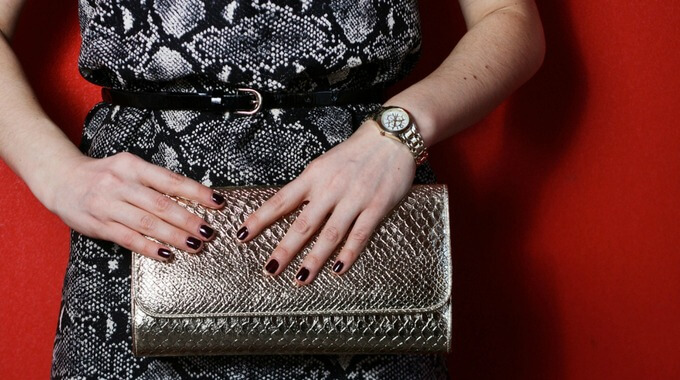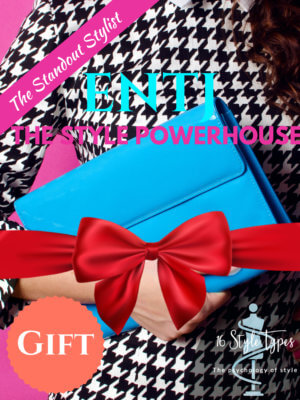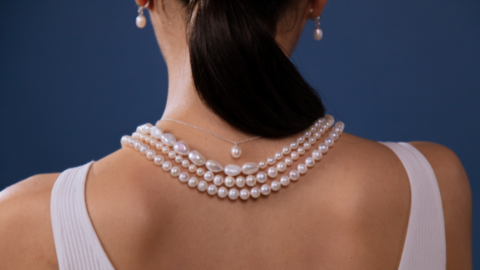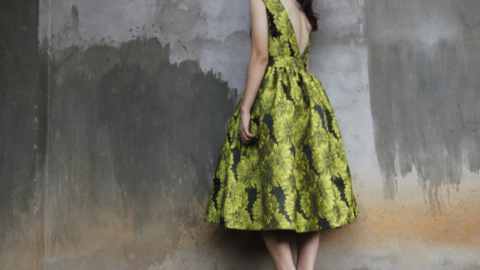By Jill Chivers
Stress has become such a ubiquitous part of our lives, some of us have ceased to distinguish it from everyday living – it’s just there, like the hum of an air conditioner in the background. Sources of stress vary from person to person (and what stresses one person can positively motivate another) but the common quality for all of us it that consistent negative stress has a detrimental impact on us in all kinds of ways, from the physical to the psychological.
And style stress can be a real thing for many women (and men) – suffering some form of consistent confusion over what they’re wearing and whether it’s the “right” thing to wear, or not. Clothing conventions have changed enormously in the last 50 years and the expectations aren’t quite so clear.
Our Style Type plays a significant part in the style stress we experience, and what we do in response to it when it happens to us.
Style stress is something that many women experience, especially if they are too closely tuned into the opinions of others on how they should look, what they should wear, and how to be fashionable.
Here at 16 Style Types, we aren’t interested in helping women become more fashionable – although we are deeply invested in helping women become their most stylish selves. There is a vast, Grand Canyon sized, gap between being fashionable and being stylish.
Click here to learn more about the difference between fashion and style
In this second article in this four-part series on Style Stress, we turn our attention to The Style Aesthetician women who have Sensing and Feeing (SF) in their Style Type code.
The Style Aesthetician – Sensing and Feeling Style: Detailed Panache
The Style Aesthetician – Sensing-Feeling (SF) approach to style is characterized by a detailed attention to all the various pieces that contribute to style: color and how colors are combined, patterns and prints, textures and all things tactile, shapes and silhouettes, style trends and what’s “around and about”, and most importantly what is loved, liked and lusted after – personal taste.
The most interested in style of the four Super Styles and understanding style at a grassroots level like few others, SF women delight in presenting themselves as a welcoming woman of style.
Click here to learn more about the SF approach to style
We’ll now explore each of The Style Aesthetician –SF Style Types in turn: Charming Stylist ESFJ, Harmonious Stylist ISFJ, Vivacious Stylist ESFP, Whimsical Stylist ISFP.
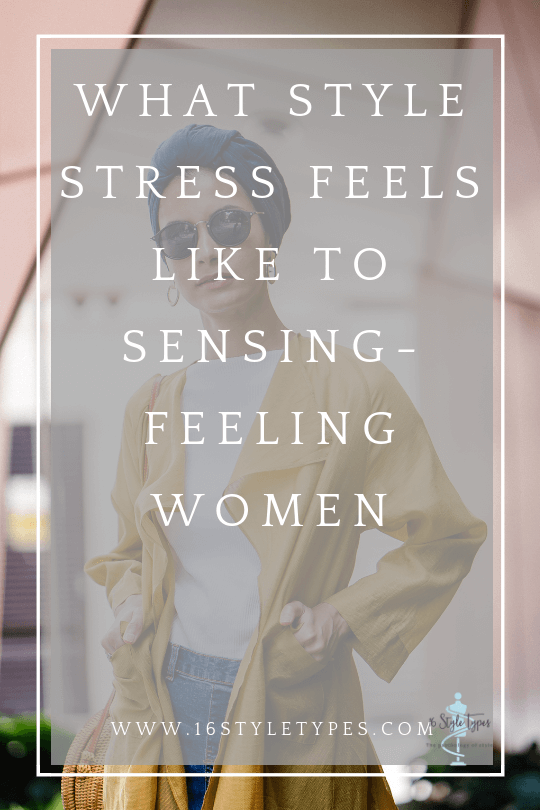
ESFJ Stress and Style
Interested and invested in her style, the Charming Stylist ESFJ can become stressed if there is not enough harmony in her style decisions, where she feels out of step in her style choices. Stress-style may show up for the ESFJ in several ways, including (but not limited to):
- She may be making style mistakes for relationship reasons that don’t gel with her values. For example, she might wear all black because it’s the corporate dress code when her personal choice might be for color
- She may believe she’s offended someone with her style choices, drawing too much focus from a particularly flamboyant ensemble, or being too dressed up for a casual occasion, for example
- She may feel unappreciated for above-and-beyond style efforts that nobody has acknowledged, wearing a new and much-considered ensemble out to dinner and having her partner not notice, for example
To cope with the style-stress, ESFJs may try even harder and become overly critical of herself. She may avoid usually enjoyable pursuits and, in combination with the additional overwhelm she’s feeling, she can easily end up exhausting herself in the process!
Breaking the cycle of ESFJ style stress
Pathways that help ESFJs regain their sense of equilibrium include an effective engagement with Thinking, including the following suggestions:
- Finding an objective person to talk her style dilemmas through with logical analysis: pros and cons of each idea/choice with their possible consequences
- Doing some style activities that are light but also require logic and/or analysis such as watching movies or TV shows and analyzing how characters are dressed, how their costumes relate to their characters, what type of costumes they noted the characters were wearing (including any inconsistencies or underlying principles they see, or better yet can chart), and so on
- Applying some logic to her style scenarios, as a way of setting boundaries. Consider key questions, and matrix them, such as: What are your true style priorities? What objective criteria should you be using to say yes and no to your style choices? How much energy and other resources can (and should) you realistically invest in your style?
ISFJ Stress and Style
Acutely aware of how past experience can inform current reality, the Harmonious Stylist ISFJ can become style stressed when there is too much unstructured openness for them to make mistakes within or when she doesn’t understand the style rules properly. Style stress can show up in any number of different ways:
- When the style processes or methods she knows will work can’t be employed or when style routines and schedules are too heavily disordered by factors outside her control
- When there isn’t enough specific guidance given or if she’s expected to create something entirely new without enough Good Reasons for doing something differently (or no one explains why the new will be better than the status quo). Being advised to make a radical change to her hair style or color, or to purchase clothing that is way outside her style repertoire for unclear or even no reason will cause the ISFJ to close down
- When the style rules aren’t clear or are insufficient in detail to apply, such as if style authorities aren’t being practical enough about style reality, or offer nonspecific style suggestions. Fears can also arise if the social or professional stakes seem especially high
Becoming overwhelmed with detail and worry, doing more and more of what isn’t working, and simply putting her nose to the grindstone indicates the ISFJ is in style stress.
Breaking the cycle of ISFJ style stress
Pathways that help ISFJs come back to a sense of equilibrium and order include productive use of iNtuition, including the following suggestions:
- Asking big picture questions such as: In five years from now, will that style mistake really matter? What is my style recipe or style statement (5 – 10 key words to describe her overarching style goals and mission)? If a major occasion is producing inordinate stress, consider whose advice might be implicitly trusted
- Getting creative with others such as attending a beading class with friends, having her colors done by a professional image consultant with her sister/mother, spending an afternoon in her closet with her best friend devising entirely new ensembles from existing pieces are all great ways to tap into style potential
- Talking through with a close friend or trusted mentor the alternatives. If transitioning through a key phase of life (geography, job, relationship, health, and so on) then working through the significant aspects of style changes that need to be made can help make those changes possible – and not quite so scary
ESFP Stress and Style
Energetic and fun-loving, the Vivacious Stylist ESFP can become style stressed when she feels boxed in (too much structure is imposed) or she experiences a physical impediment to her style. Stress may show up in any number of ways, including:
- She’s receiving style advice that is too conceptual and not practical enough. When there isn’t enough pragmatic hands-on experimenting available, ESFPs can experience overwhelm and disconnection instantly. She may feel style lost if the style concepts she’s advised to follow are simply too high level, too conceptual, or too theoretical for her to follow easily
- She’s experiencing a physical issue or obstacle to her style, including illness or injury, or some emerging physical condition that serves to disconnect her from her usual sense of connection to herself and her surroundings
- She’s feeling hemmed in by too much structure, too much order, and too many rules. ESFPs crave a flexible environment in which to explore for herself how to express her style so faced with 10 wardrobe items she Must Have or a capsule wardrobe plan as the only way to style will have her closing down and turning off
Often amping up the activity levels to cope with the stress she’s feeling, the ESFP can easily lose that joi de vivre she’s known and loved for and become miserable, withdrawn, and hypersensitive.
Breaking the cycle of ESFP style stress
Pathways that help ESFPs rejoin life and come back to equilibrium involve the deliberate use of iNtuition, including the following suggestions:
- Brainstorming worst case style scenarios to get clear on what’s real and what’s not. Developing a contingency plan for style situations such as not packing everything needed for that trip, or turning up to an event in an outfit that is too casual or too creative for the occasion can help her get her style feet back firmly back on the ground (and into a faaabulous pair of shoes)
- Planning something she enjoys and has some control over such as a new-to-you outfit for going out to dinner with friends, or playing dress-up at a favorite store trying on a bunch of different items she wouldn’t normally wear – just for the fun of it and to get some ideas popping
- Playing around in her closet to create new outfits combining items that haven’t been worn together before, or turning the imagination on full-blast to those loved but unworn pieces – what’s possible?
ISFP Stress and Style
Attuned to the inner world of value and meaning, the Whimsical Stylist ISFP is often highly attuned to what her style needs and expression are and should be. Style stressed, she loses her characteristic flexibility, becoming critical and inconsiderate of important information and relationships. Style stress can be caused by:
- Lost harmony and a feeling of disconnection to what is important. This may be compromised values or being pressured to adopt style behaviors and expressions that go against her grain. She may be working in a traditional environment and there’s too little room for personal expression in how she dresses, or perhaps her style options around her limit the ethical concerns she wishes to uphold
- Feeling inauthentic in herself and her style expression. This can result in her feeling like she’s wearing a costume or trying to be something she simply isn’t and can never be. The dislocation from self can make her feel perpetually off balance
- Feeling rushed or pressured to conform to style rules, or to make important style decisions, such as shopping with others who move at a much faster pace or that deride or discount her need to have contemplation time before making buying decisions
Becoming locked into her own beliefs and viewpoints with no room for other perspectives is one way to tell an ISFP is suffering style stress.
Breaking the cycle of ISFP style stress
Pathways that help ISFPs re-center allow for productive use of Thinking, including the following suggestions:
- Taking a logical brush to the canvas, and getting clear on what’s actually happening: what was said and done? What style (or life) principle came into play and was the reaction in proportion to the incongruency with said principle? What were the consequences? How could this style dilemma be avoided in future?
- Organizing and ordering – getting in her wardrobe and organizing it using sound universal principles of organization, perhaps the most popular system of closet organization that everyone else is heralding (Kondo, for example) or any solid organizing system
- Taking a ‘puzzle’ approach to style, such as creating a packing chart for her next trip, or applying a pro/con approach to a wardrobe review

